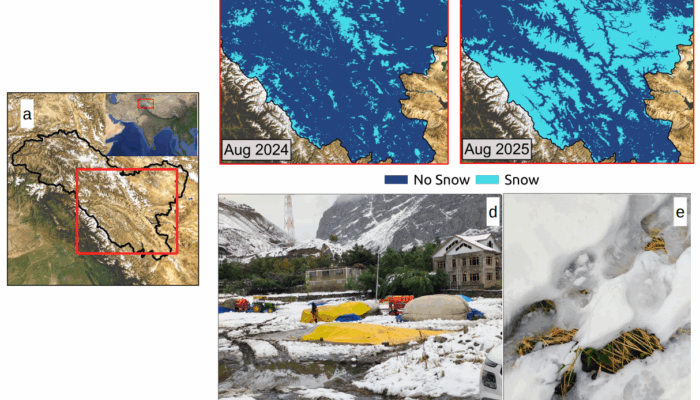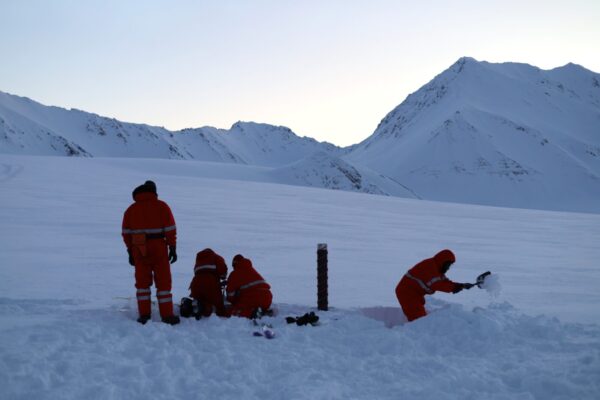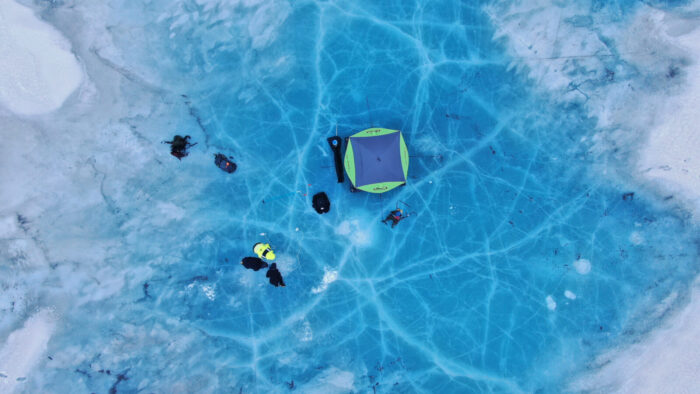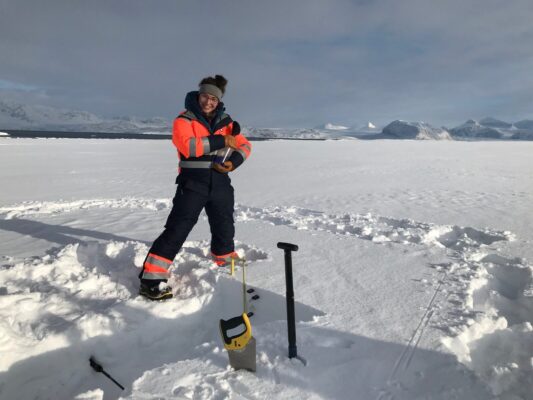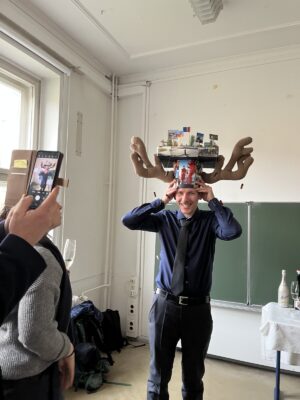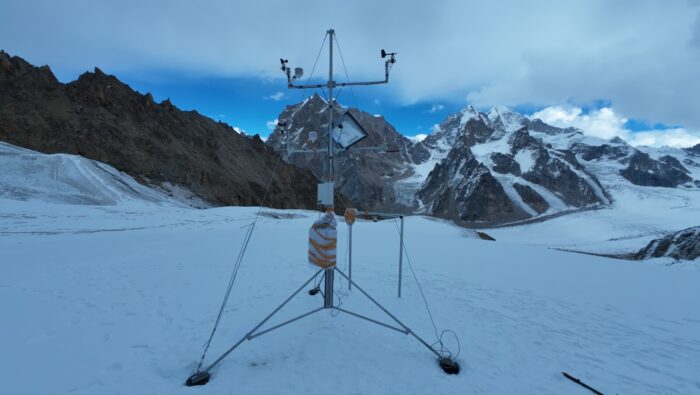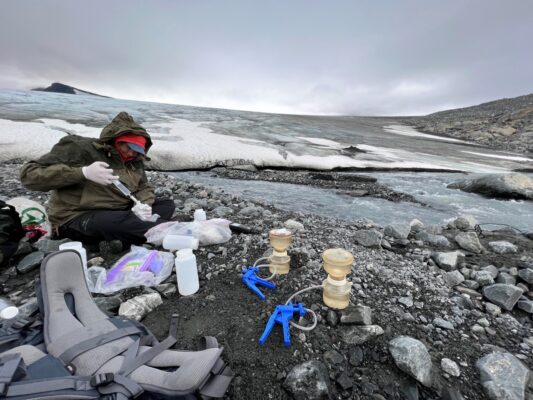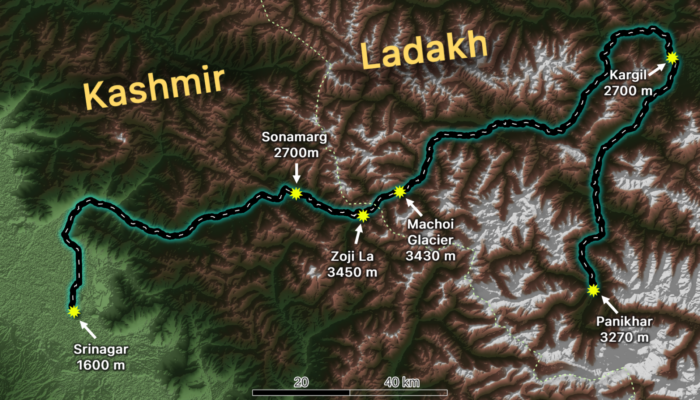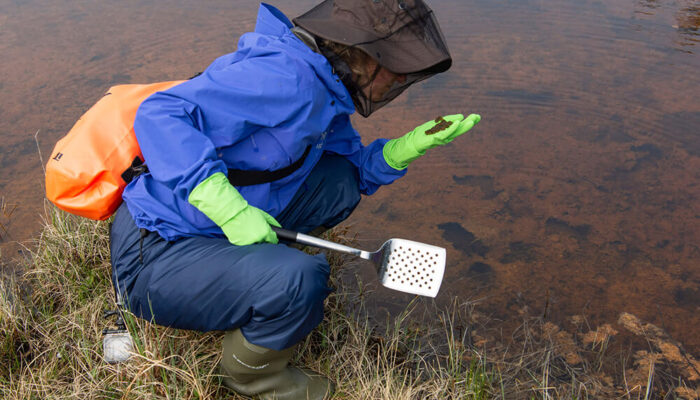August in Ladakh is a time of golden fields and harvest songs, not snowstorms. Yet in 2025, this rhythm broke. Panikhar village in Ladakh woke beneath fifteen centimetres of snow, an unseasonal blanket that changed the functioning of the valley and stunned its people. What began as a glaciological field trip turned into a firsthand encounter with climate uncertainty. This blog captures those extra ...[Read More]
When August Brought Snow: Unseasonal Snowfall Disrupts Life in Ladakh’s High Valley Village
